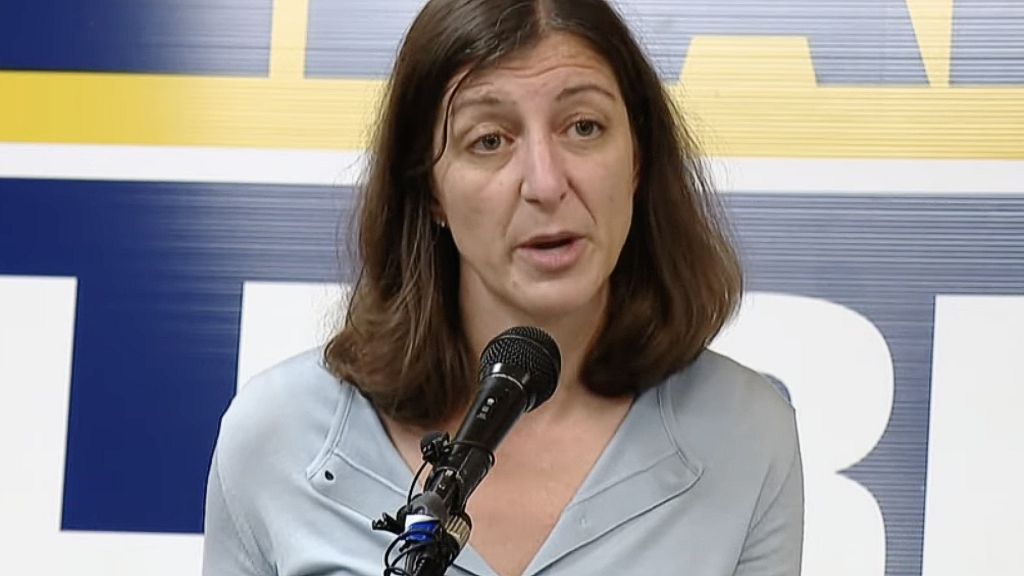Florida, New York, and Oklahoma voters headed to the polls on Aug. 23 for their primary elections, moving one step closer to the Nov. 8 general election.
Here are five key takeaways from the primaries:
DeSantis, Rubio’s Democratic Opponents Set
Charlie Crist, who served as Florida’s governor from 2007 to 2011 as a Republican before switching parties, decisively defeated state Agriculture Commissioner Nikki Fried and two other challengers to capture the Democratic gubernatorial nomination.
Crist tallied almost 60 percent of the vote, with more than 95 percent of the results report, according to Decision Desk HQ. Fried received 35 percent.
In November, Crist will face Republican Gov. Ron DeSantis, three write-in candidates, a Libertarian, and two others with no party affiliation. Considered a potential 2024 presidential candidate, DeSantis ran unopposed in the GOP primary.
In his victory speech, Crist said of DeSantis that “this guy wants to be president of the United States of America and everybody knows it. However, when we defeat him on 8 November, that show is over.”
If elected, Crist vows to reverse much of what DeSantis has signed into law.
Rep. Val Demings, who represents Florida’s 10 District in the U.S. House, won the Democratic primary for the U.S. Senate, topping three rivals with a resounding 84 percent of the vote. The former Orlando police chief will face incumbent Republican Sen. Marco Rubio, who has served in the Senate since 2011.
Incumbent Versus Incumbent
In a Democratic primary between incumbents in New York, Rep. Jerry Nadler (D-N.Y.) defeated Rep. Carolyn Maloney (D-N.Y.) in the 12th Congressional District.
A redrawn district map left the longtime colleagues to compete for a single congressional seat. Nadler was first elected as a congressman representing the city’s Upper West Side in 1993, and has represented the 10th District since 2013. Maloney has represented the city’s Upper East Side since 1993, including the 12th District since 2013.







